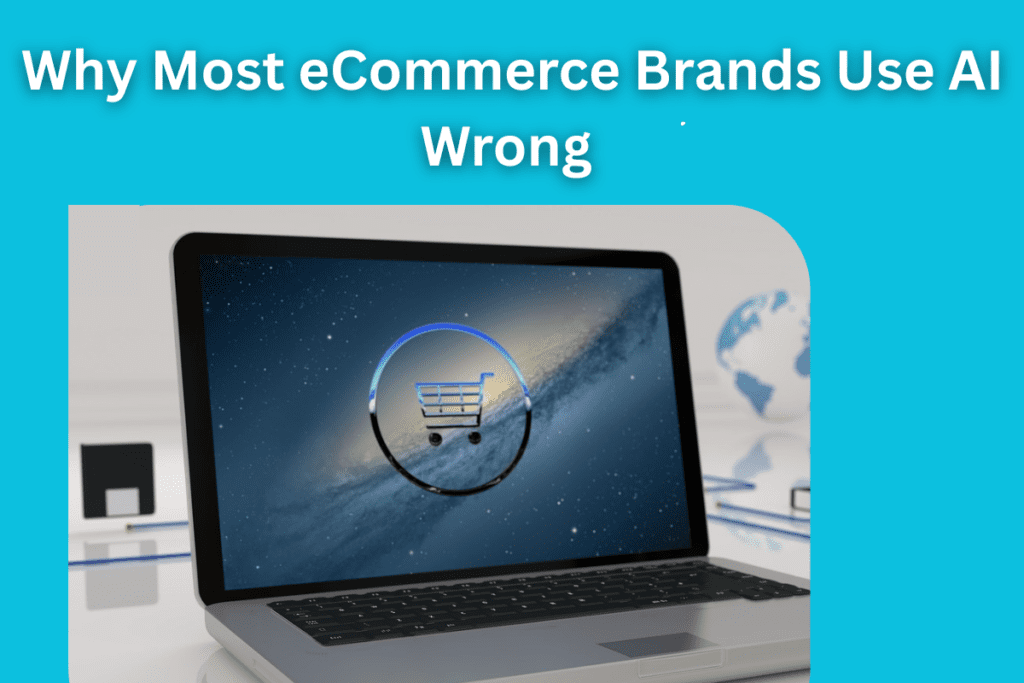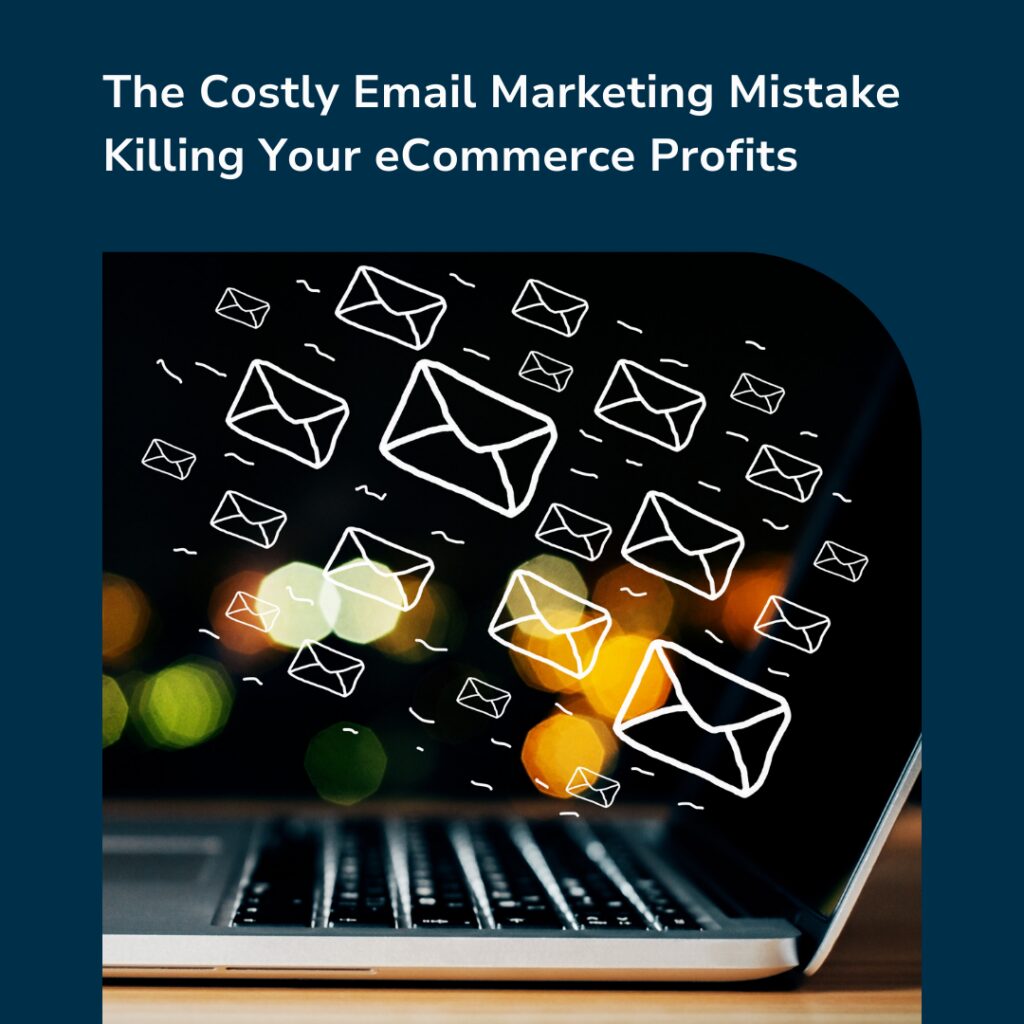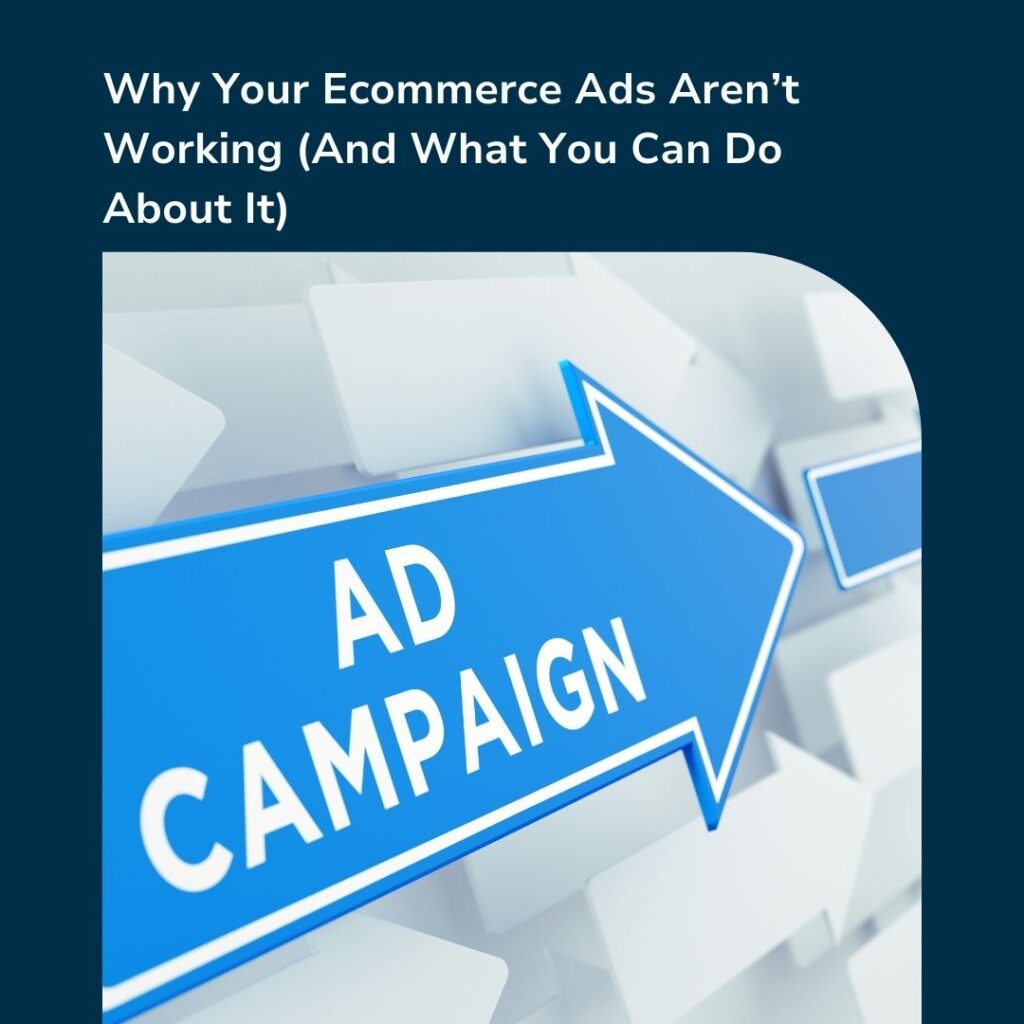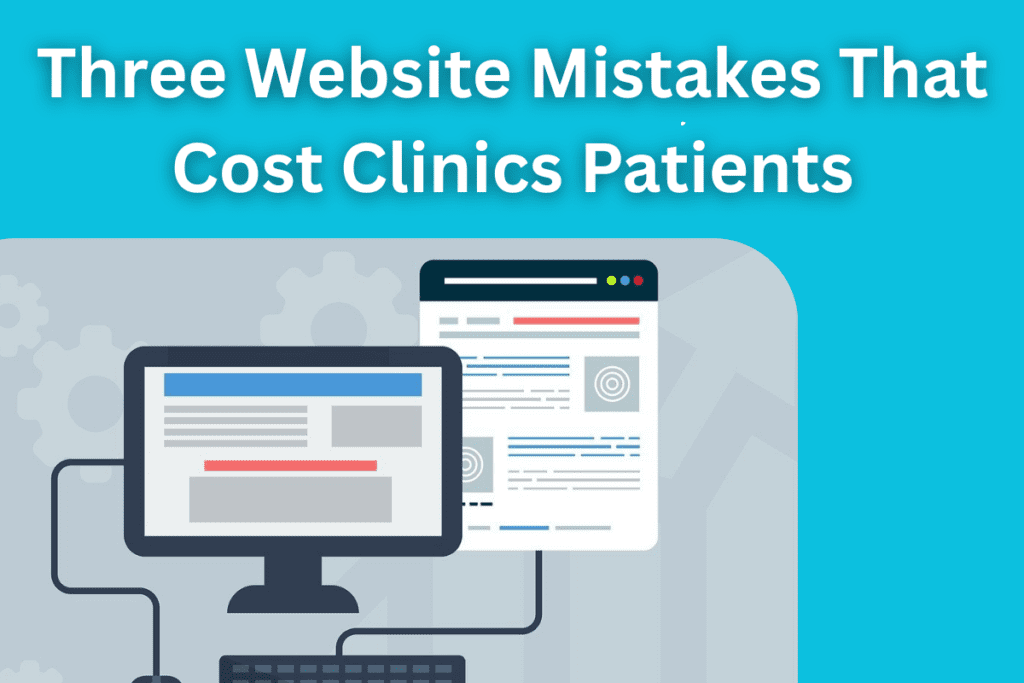[vc_row][vc_column][vc_column_text]
Tags – Google Wave
Just before writing this blog, I asked Ed if he remembers Google Wave and Google Buzz.
His response: “I have never heard of these before”.
At least he knows Google Plus, the successor of the said two social media platforms.
Wave and Buzz were two of the failed attempts of Google to rival other social media sites. Let’s explore the failure of the two. (We will cover Google Plus some other time).
Google Buzz
Google Buzz was a social networking, microblogging, and messaging platform. (The first problem with the platform is in the description itself).
As the name indicates, the platform was designed by Google. But, only a year into operation, Buzz was discontinued.
On the other hand, the story of Google Wave is not much different.
Google Wave
Google Wave, on the other hand, tried to do even more.
Google intended the platform to be a social networking site that integrated email, instant messaging, and collaborative editing. (Again, the first problem is in the description).
Similar to Buzz, Wave was discontinued, initially from its original form and later as a platform completely.
Let’s explore some of the problems with the two platforms.
1. Starting too Big
Did you note the problems with the descriptions of Buzz and Wave?
If they feel similar to other social media platforms, it is because they are.
Buzz tried to rival both Facebook and Twitter, at the same time. Given the current trend of specialisation and micro-niching, the mistake sounds like a blunder.
It is more sensible to start small and then add features. Facebook and Twitter have done this well over time. And, the results are self-evident.
But, we can cut some slack for Buzz because it was still early days for social media. Simply, Buzz overshot what it should and could have been.
On the other hand, Wave did not fully comprehend its own purpose.
Starting as a developers tool, the product never really led to anything exciting. In the early days, due to restricted access, the interest was overwhelming because of the limited number of users allowed.
But, over time, when the platform opened up, a lack of interest made it infeasible to run Wave as a standalone platform.
Put simply, there were strategic holes in both products.
2. User Privacy Issues
How would you feel if the information on your most active connections is public?
In other words, the information on who you are emailing and talking to is out there.
If this sounds crazy, keep in mind that this actually happened with Buzz.
Simply, Google launched the platform with weak privacy settings. As a result, you had to knowingly disable features that put this kind of information out.
There is a long history of unfinished products being released. But, this took the problem to the next level.
At the time of release, there was no option on Buzz to make connections private. What more, on the mobile version, posts came with the exact location of users. You can anticipate what happened next.
Google was taken to court because of these privacy issues. The settlements ended up costing Google $8.5 million.
3. Fixing Something Not Broken
I may have exaggerated the lack of a defined strategy for Wave. But, the reality is not any better.
Wave was intended to replace email at one point and bring together other forms of digital activities. You may ask why. Your guess is as good as mine.
I am not suggesting that emails are perfect. But, they give you the luxury of replying at your own pace.
And, with a little effort, you can be really organised with your emails.
Wave, on the other hand, tried to bring social media, collaborations, and emailing into the same bracket.
I like my separations. And, so do most people.
(And, again, I don’t want people to see everything I am doing).
Concluding Remarks
This is one of those blogs where I do not need to keep writing. You get the idea:
- Be specific with what you want to do. You can always change afterwards and grow bigger.
- Privacy is important. (I cannot believe I have to say this). Most people have no problem with data collection, as long as it’s anonymous.
- Don’t try to fix something that is not broken. If you can do it better, be my guest. But, know your limits.
To learn more, get in touch with us today.
And, if you would like to read about other failed endeavours, check the following blogs:
- Why Companies Fail? The Tendency of Giants to Keep Living in the Past
- Why DailyBooth Failed While Instagram is Massively Successful?
[/vc_column_text][/vc_column][/vc_row]










